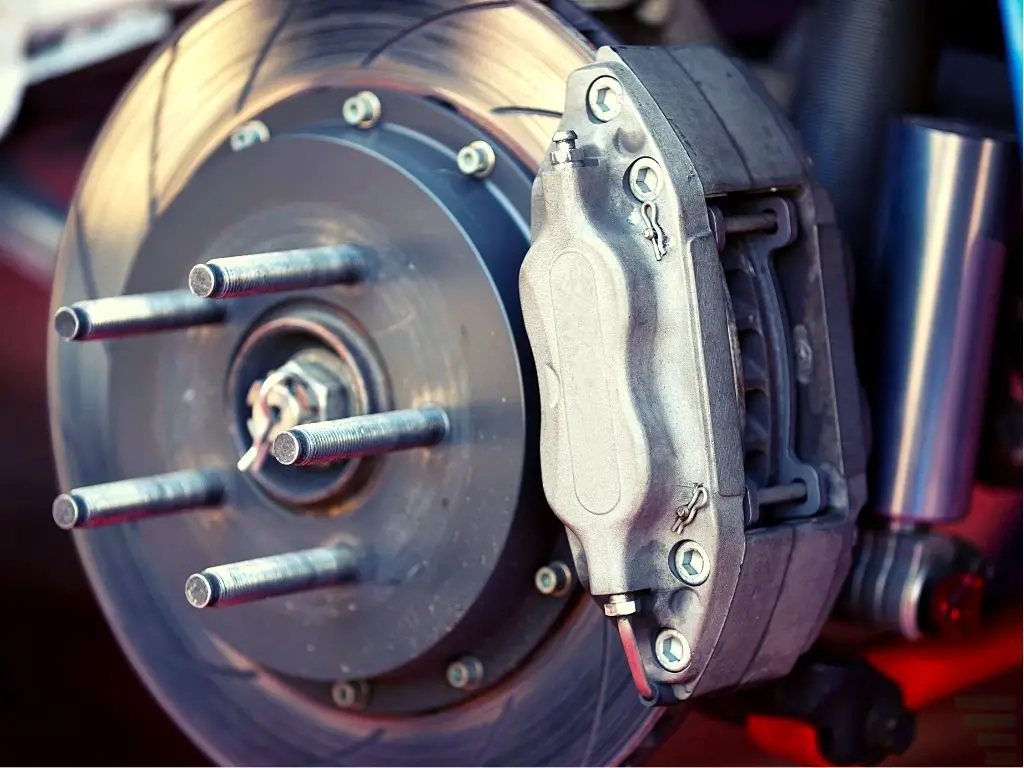How to Unfreeze a Brake Caliper – Helpful Tips

In case you need to know how to unfreeze a brake caliper, then this article is for you.
What Causes Your Brakes to Stop Working
I am going to show you exactly what causes your brakes to stop working. This will save you time and money and you will be able to repair the problem yourself. Here are the steps:
1. Check the Master Cylinder
The first thing that causes your brake to stop working is the Master Cylinder. This is a small cap on your brake caliper. It holds the master cylinder and keeps everything else working correctly. When this breaks, it makes all the other parts start to work incorrectly.
The reason why this happens is that when you apply pressure to your brakes, the master cylinder expands. This expansion then causes tiny fractures in the master cylinder itself. This causes the piston inside to stick out of the caliper. When this happens, you should be able to feel a small pop and you will hear a grinding noise. After that, the problem is already fixed.
2. Check the Master Brake Levers
The second thing is the Master Brake Levers. These play a very important role.
Basically, these are used to apply force to the brakes. When the lever gets tight, it creates a vacuum that draws in air.
This air flows past the piston and caliper, which causes the piston to become less rigid. If this continues, you will end up with a very tight and mushy brake pedal.
3. Check the Hoses
The next problem is the hoses. You see, the last cause for your brake problems is because the brake hose is leaking.
This is not usually the case. If the hose is leaking, it could be because of a number of reasons including the fact that there is something wrong with the brake line.
If you are still wondering how to unfreeze a brake caliper, you should know that you have to remove the caliper completely before you can fix the problem.
How to Unfreeze a Brake Caliper – Helpful Tips
#1 Do Not Disconnect the Master Cylinder
Now, you need to look at your master cylinder. This is the part that connects to your caliper. It has two master cylinders, so make sure that you do not disconnect them. Remove the two bolts, detach the nut on the side of your caliper and turn them counterclockwise to loosen them.
#2 Unhook The Master Cylinder
Once the master cylinder is free from the caliper bolts, you can start to unhook it from the bottom. This is probably one of the easiest steps on how to unfreeze a brake caliper. Once the master cylinder is free from its caliper hanger, you should remove it from the assembly.
#3 Take Off The Old Brake Master Cylinder
Now you should take off the old brake master cylinder and set it aside. You will then need to install the new one on the brake master cylinder line.
You will need to screw the new one onto the line and make sure that you have it lined up correctly before you apply any braking force to it. Once that is done, you can continue to pressurize the brake firmly and squeeze the trigger in order to bleed the brake.
#4 Disconnect The Hoses From The Master Cylinder
Once you have successfully squeezed the brake and released the bleed, you will then want to disconnect the hoses from the master cylinder.
This is where you will disconnect the supply hoses that are feeding the brakes to the drum. The first thing that you should do is unbolt the bolts on the side of the drum.
Next, you will want to unbolt the nuts on both sides of the track that connects the master cylinder to the caliper.
After that, you will disconnect the wiring harnesses from the brakes. You will know that you have removed all of the supply hoses when the previous ones are no longer connected to the drums.
#5 Unhook the Hose Clamps
Now you will need to locate the hose clamps that are securing the master cylinder in place.
You will know that they are clamped when the hose is sitting straight up and down by the caliper. You will need to unbolt them from their fastened position and unhook them from their nut positions.
The reason that you need to unhook them is that the hose will become very stiff when it is in its original position and can cause a lot of friction when you are trying to unfreeze the caliper.
#6 Place the New Clamp on the Bolt Side of the Master Cylinder
Place the new clamp on the bolt side of the master cylinder. You will need to screw in a nut on the end of the new clamp so that it can hold the brake booster hose to the master cylinder. Once you have done this you will need to bolt the hose and retain it with the clamp.
Conclusions
After doing all of this work on how to unfreeze a brake caliper you will not have any leaks. The hose and clamp will also be retaining tight by the clamp. You will end up having a leak-free brake system if you follow these steps. However, if you feel that you have done everything right and the caliper has never failed in the past then there is always a chance that something went wrong. If this is the case then the best thing you can do is speak to your mechanic and see what they think you should do.
source https://automotivegearz.com/how-to-unfreeze-a-brake-caliper/
Comments
Post a Comment